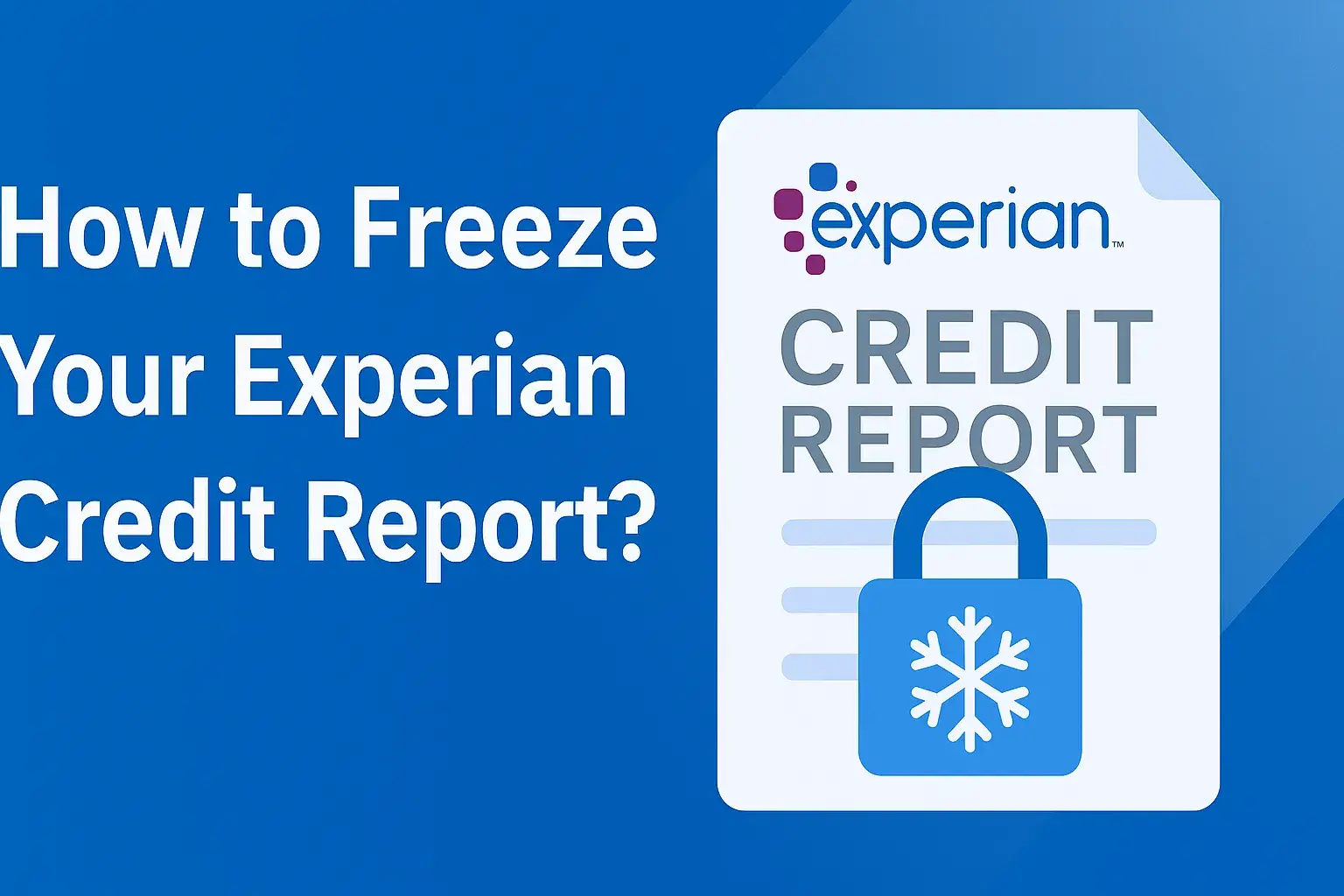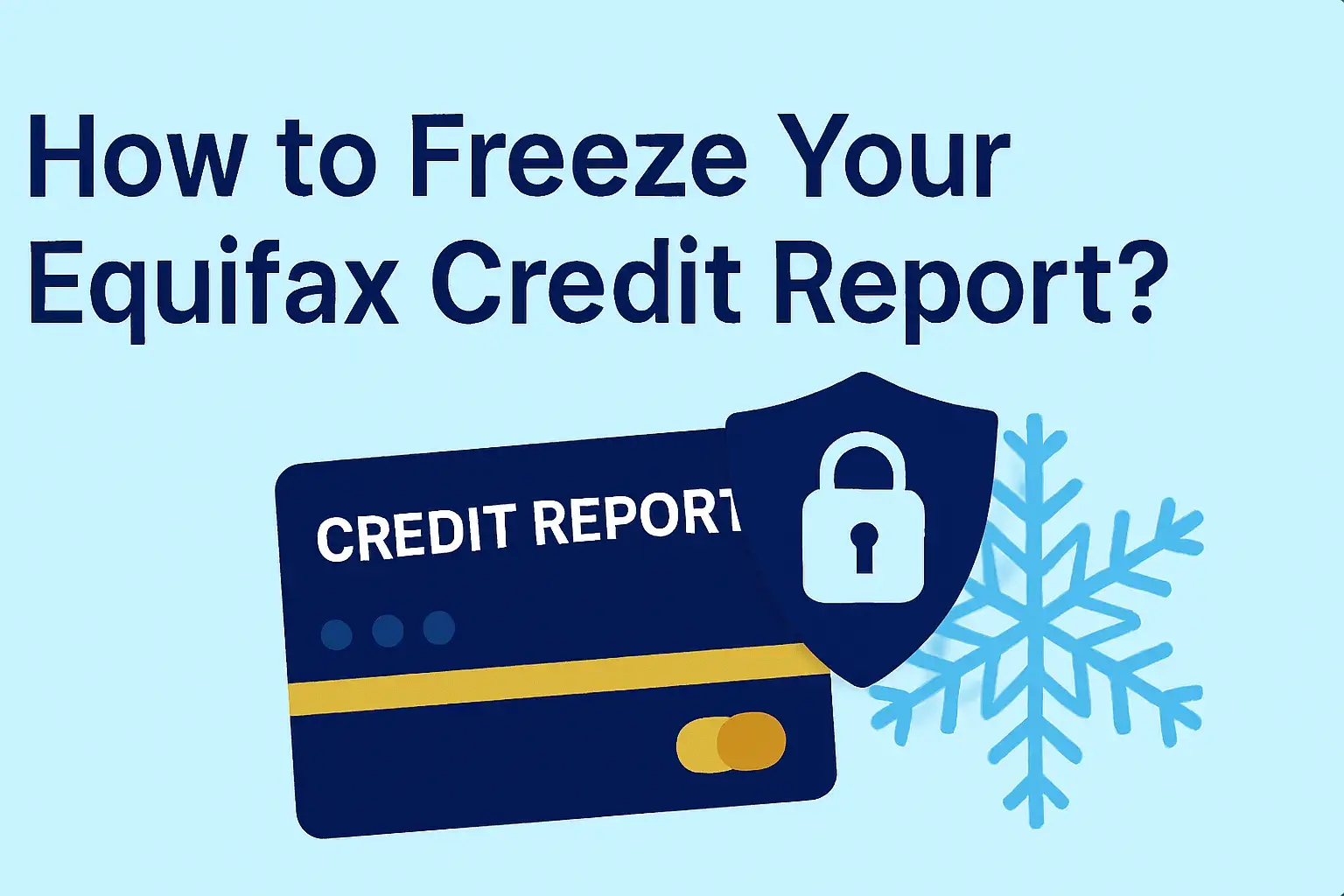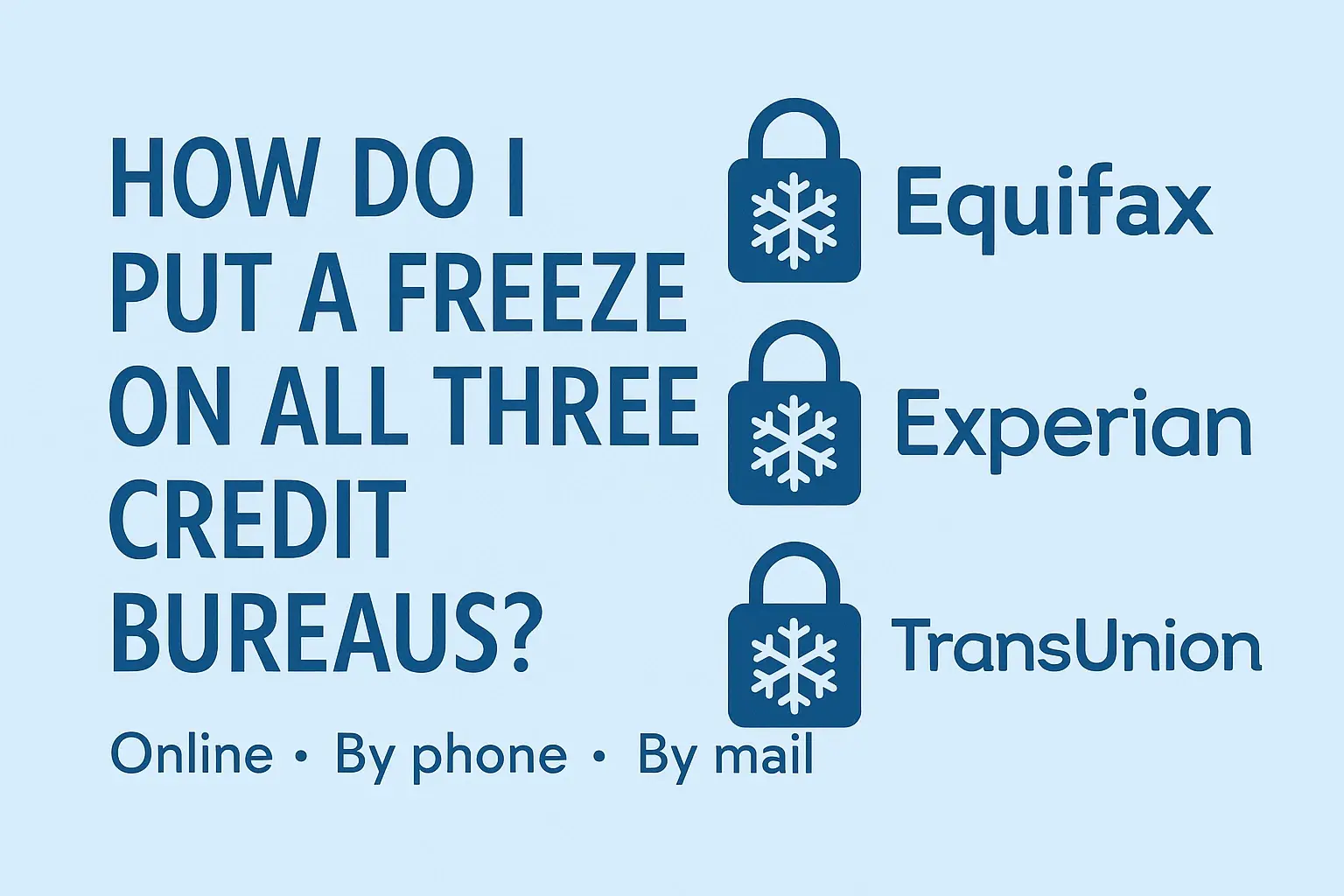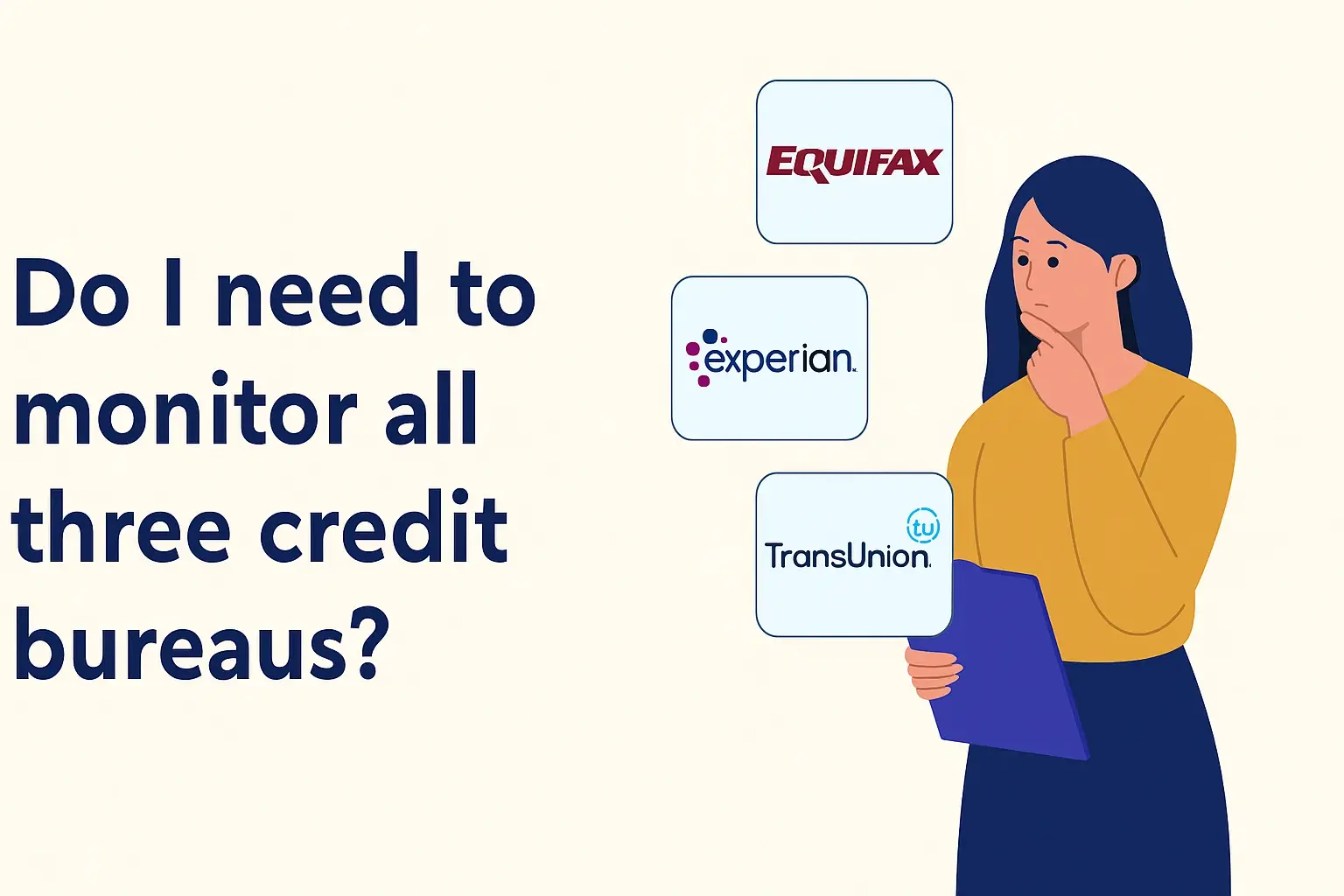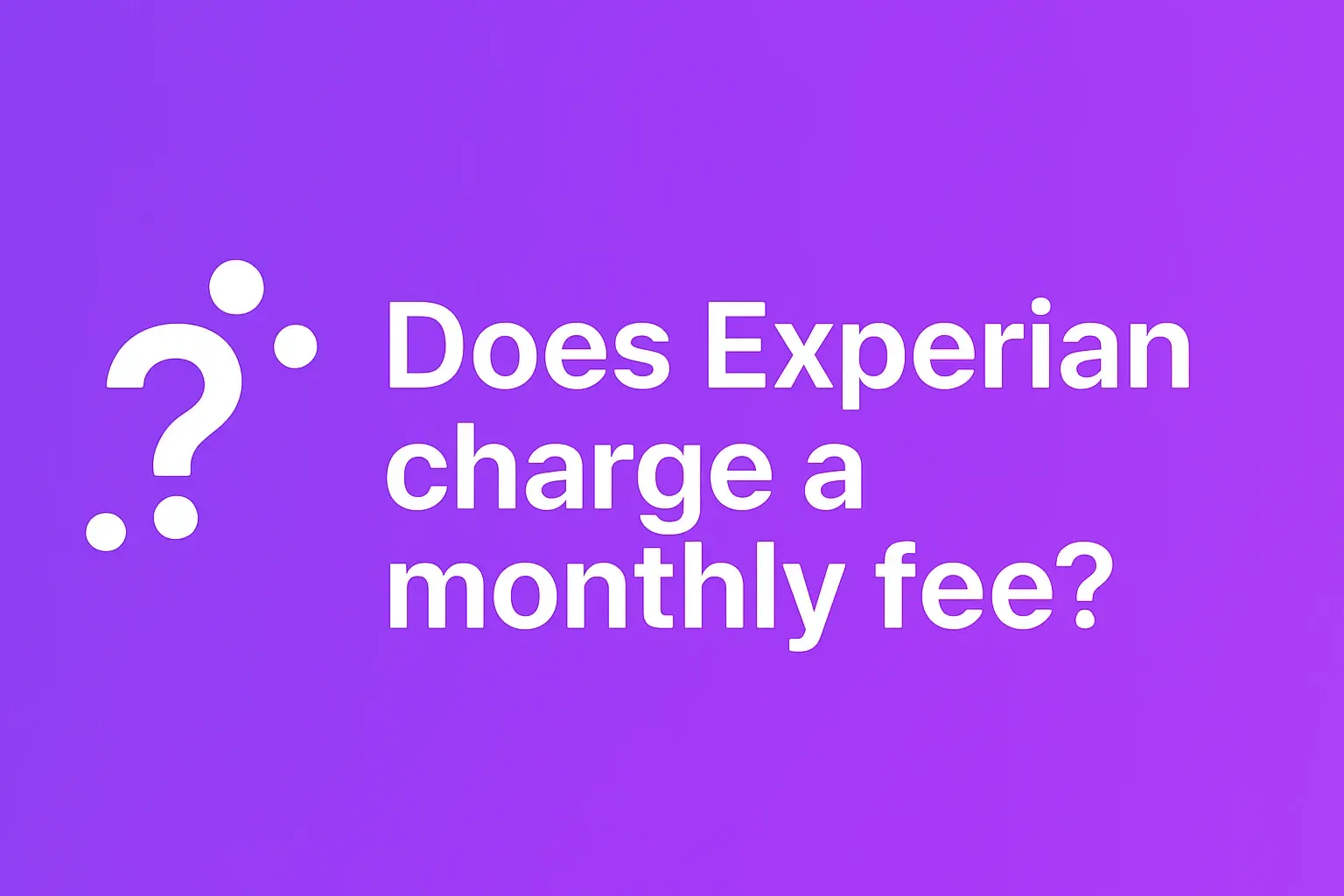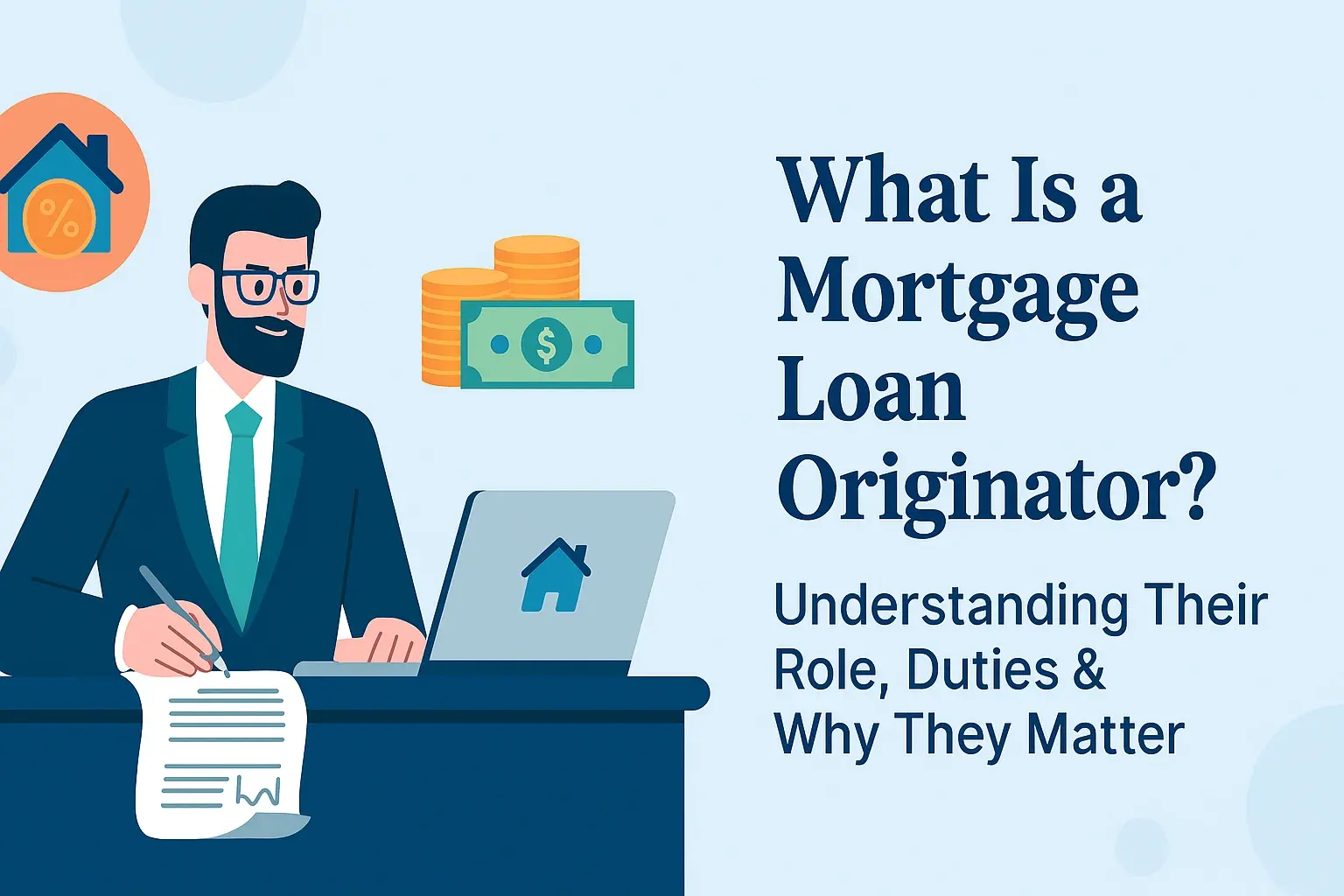-
Posted on: 25 Jul 2024
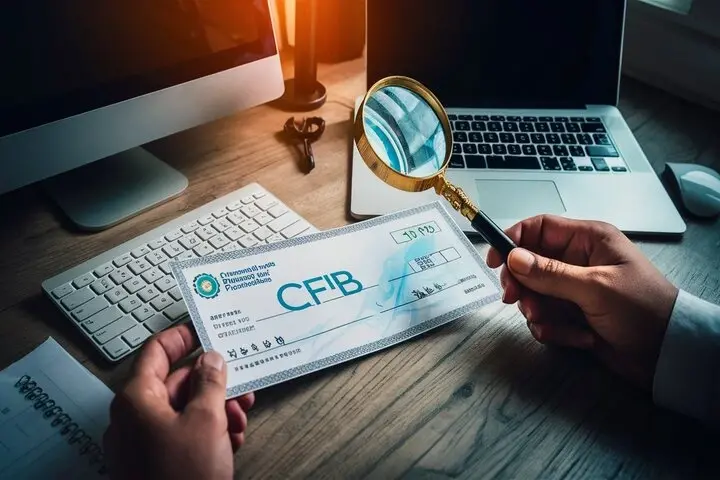
-
Receiving a check, especially one from a government agency like the Consumer Financial Protection Bureau (CFPB), can spark immediate questions. This article will thoroughly investigate the legitimacy of CFPB checks, explaining their origins, common scenarios, and how to verify their authenticity, providing you with complete peace of mind.
What is the Consumer Financial Protection Bureau (CFPB)?
The Consumer Financial Protection Bureau (CFPB) is a U.S. government agency established in 2011 by the Dodd-Frank Wall Street Reform and Consumer Protection Act. Its primary mission is to protect consumers in the financial sector by making sure banks, lenders, and other financial companies treat consumers fairly. The CFPB oversees a wide range of financial products and services, including mortgages, credit cards, student loans, and payday loans. They work to educate consumers, enforce consumer protection laws, and regulate financial markets to prevent deceptive or abusive practices. In essence, the CFPB acts as a watchdog, safeguarding individuals from unfair, deceptive, or abusive financial practices.
Why Would the CFPB Send You a Check?
The most common reason you might receive a check from the CFPB is as a form of restitution or a refund. This typically occurs when the CFPB, through its enforcement actions, finds that a financial institution or company has violated consumer protection laws. These violations might have resulted in consumers being charged unfairly, misled, or otherwise harmed financially. In such cases, the CFPB can order the offending company to pay back the money it wrongfully took from consumers. These payments are often distributed directly to the affected individuals, and a check is a common method for delivering this restitution.
Direct Payments as a Result of Enforcement
When the CFPB successfully prosecutes a financial institution for wrongdoing, such as illegal fees, deceptive marketing, or predatory lending practices, a key outcome is often consumer redress. This means the company is required to compensate the consumers it harmed. The CFPB then oversees the process of distributing these funds to eligible consumers. These distributions are designed to make consumers whole, returning money that was unfairly taken. Therefore, a check from the CFPB is frequently a direct result of the agency's successful efforts to hold financial companies accountable and restore money to consumers.
Consumer Relief and Restitution Mechanisms
The CFPB employs various mechanisms to ensure consumer relief. One of the most direct is through monetary penalties levied against companies. These penalties can be substantial, and a portion is often allocated for consumer restitution. In other instances, the CFPB might negotiate settlements with companies that include provisions for direct payments to affected consumers. These settlements are designed to resolve alleged violations without lengthy litigation, but they still require the company to provide financial compensation to those who were wronged. The CFPB's role is to ensure these restitution funds are distributed fairly and efficiently to the intended recipients.
Common Scenarios for CFPB Checks
Understanding the specific situations that lead to CFPB checks is crucial for verifying their legitimacy. These checks are not random; they are tied to specific legal actions or programs designed to benefit consumers. By familiarizing yourself with these scenarios, you can better assess whether a check you've received is genuine.
Enforcement Actions and Settlements
This is perhaps the most frequent reason for receiving a CFPB check. When the CFPB investigates a company and finds it has engaged in illegal or deceptive practices, it can take enforcement action. This might involve filing a lawsuit or entering into a consent order with the company. As part of a settlement or a court order, the company is often required to pay restitution to consumers who were harmed. The CFPB then typically works with a third-party administrator to distribute these funds. These distributions are often in the form of checks mailed directly to consumers who meet specific eligibility criteria outlined in the settlement or order.
For example, in 2024, the CFPB secured a significant settlement with a large student loan servicer for allegations of widespread servicing errors that harmed borrowers. As a result, thousands of borrowers received direct payments to compensate them for the damages incurred. These payments were distributed via checks, clearly indicating the CFPB's role in ensuring consumer redress.
Examples of Past Enforcement Actions
Throughout its history, the CFPB has been involved in numerous enforcement actions that resulted in consumer refunds. These include actions against:
- Mortgage lenders for illegal fees or predatory lending.
- Credit reporting agencies for inaccurate reporting or data security breaches.
- Debt collectors for abusive or deceptive practices.
- Student loan servicers for improper handling of borrower accounts.
- Payday lenders for deceptive advertising or illegal interest rates.
In each of these cases, consumers who were demonstrably harmed by the company's actions were eligible to receive a portion of the penalties or restitution ordered by the CFPB. These distributions are carefully managed to ensure fairness and accuracy.
Direct Relief Programs
Beyond enforcement actions against specific companies, the CFPB also sometimes facilitates or oversees programs that provide direct financial relief to consumers. These programs might arise from legislative mandates or specific initiatives aimed at addressing systemic consumer financial harm. While less common than restitution from enforcement actions, these programs can also result in direct payments to eligible individuals. The CFPB's involvement ensures that these relief efforts are conducted transparently and effectively, adhering to strict guidelines.
For instance, in response to widespread issues with certain financial products, the CFPB might work with industry partners or government entities to establish a fund for consumer relief. Individuals who qualify based on predetermined criteria would then receive disbursements, often via check. The key takeaway is that any direct relief program involving the CFPB is a formal process designed to address identified consumer financial vulnerabilities.
Unclaimed Funds or Other Disbursements
In some less common scenarios, a check might be related to unclaimed funds or other administrative disbursements. If a company that was ordered to pay restitution went out of business, or if eligible consumers could not be located, the funds might eventually be handled by a government agency. Similarly, there could be instances of overpayments or administrative adjustments that necessitate a refund. While these are rarer, they still fall under the purview of consumer financial protection and could involve the CFPB or a designated administrator issuing a check.
It is important to note that the CFPB generally does not handle unclaimed property directly in the same way state unclaimed property divisions do. However, if a settlement administrator is unable to locate rightful claimants after a certain period, funds may be escheated to the state. The CFPB's role is primarily in ensuring that restitution is made to consumers in the first place. If you receive a check that seems unrelated to a known settlement or enforcement action, it's even more critical to verify its authenticity through official channels.
How to Verify a CFPB Check
The prospect of receiving unexpected money can be exciting, but it also opens the door to potential scams. It's vital to approach any check, especially one from a government agency, with a degree of caution and diligence. Verifying the legitimacy of a CFPB check involves a multi-step process to ensure it's not a fraudulent attempt to trick you.
Look for Official Indicators
Legitimate checks from the CFPB or its designated administrators will bear specific official markings. These can include:
- The CFPB Logo: While not always present on the check itself (as it might be issued by a third-party administrator), official correspondence related to the check should feature the CFPB logo.
- Official Letterhead: The check should be accompanied by a letter or notice on official letterhead, explaining the reason for the payment. This letter will detail the settlement or enforcement action it relates to.
- Check Details: Look for details on the check itself. It should clearly state the issuing entity (which might be a specific administrator hired by the CFPB), the payee's name (your name), the amount, and the date.
- MICR Line: The Magnetic Ink Character Recognition (MICR) line at the bottom of the check contains routing and account numbers. While you shouldn't necessarily call your bank to verify these, they are standard components of a legitimate check.
Crucially, legitimate checks will NOT ask you to pay anything upfront to receive the funds. This is a hallmark of scams.
Check the Issuing Entity
CFPB checks are often not issued directly by the CFPB itself but by a third-party administrator appointed to manage the distribution of funds from a settlement or enforcement action. The accompanying letter or notice will clearly state who the issuing entity is. This might be a law firm, a specialized claims administrator, or a financial institution tasked with handling the disbursement.
If the check appears to be from a specific administrator, research that administrator. Look for their official website and contact information. Ensure that the administrator's name and contact details on the check and accompanying documents match their legitimate online presence. If the administrator is unknown or difficult to find information about, this is a significant red flag.
Contact the CFPB Directly
The most reliable way to confirm the legitimacy of a CFPB check is to contact the agency directly. However, it's essential to do this through official channels to avoid being scammed. Do not rely on phone numbers or email addresses provided on the suspicious check or accompanying documents. Instead, visit the official CFPB website (consumerfinance.gov) and look for their contact information or a dedicated section for inquiries about restitution payments.
You can also search the CFPB's website for information about recent enforcement actions and settlements. If the check is legitimate, it will likely be associated with a public record of such an action. Look for settlement announcements or press releases that detail consumer relief payments. If you can find a matching announcement and the details align with what you've received, it strongly suggests the check is real.
Official CFPB Contact Methods
- Official Website: Visit consumerfinance.gov. Navigate to the "Contact Us" section or search for information related to enforcement actions and consumer restitution.
- CFPB Complaint Database: While not for verifying checks directly, understanding the types of issues consumers report can provide context.
- Published Enforcement Actions: The CFPB publishes details of its enforcement actions. Reviewing these can help you identify if your check is linked to a known case.
When contacting the CFPB, be prepared to provide any identifying information from the check or accompanying documents. They may be able to look up the specific settlement or action to confirm the payment.
Beware of Common Scams
Scammers often impersonate government agencies to trick people into revealing personal information or sending them money. Be vigilant for these common red flags:
- Requests for Personal Information: A legitimate check or notification will not ask for your Social Security number, bank account details, or credit card numbers over the phone or via email to process a payment.
- Upfront Fees: Scammers might claim you need to pay a fee (e.g., for taxes, processing, or verification) before you can receive your check. The CFPB or its administrators will never ask for such fees.
- Urgency and Pressure: Scammers often create a sense of urgency, pressuring you to act quickly before you can think critically.
- Unsolicited Contact: While CFPB checks are often unsolicited, be wary if the contact method is unusual or unprofessional.
- Grammar and Spelling Errors: Official government communications are typically well-written and error-free. Numerous mistakes can indicate a scam.
- Unusual Payment Methods: If the "official" process involves unusual payment methods like gift cards, wire transfers, or cryptocurrency, it's a scam.
If any of these red flags are present, do not proceed. Treat the communication as suspicious and verify through official CFPB channels.
What to Do If You Receive a Check
Once you've reasonably verified that a check from the CFPB or its administrator is legitimate, you'll need to know how to handle it. This involves understanding the process of cashing or depositing the check and what to do if there are discrepancies.
Cashing or Depositing the Check
Legitimate CFPB checks can be cashed or deposited like any other check. You have a few options:
- Your Bank: The most straightforward method is to deposit the check into your bank account. Most banks will hold the check for a few business days to clear, especially if it's a large amount or from an unfamiliar issuer.
- Check Cashing Services: You can also use a check-cashing service, but be aware that these services typically charge fees, which will reduce the amount of money you receive.
- The Bank Listed on the Check: Sometimes, checks will specify a particular bank where they can be cashed. If this is the case, you can visit that bank branch.
Important Note: It's always a good practice to check the expiration date on the check. Most checks are valid for 90 days, but some may have different terms. If the check expires, you may need to contact the issuing administrator for a reissue.
What If the Check is for an Incorrect Amount?
If you believe the amount on the check is incorrect, or if you were expecting a payment and did not receive one, the first step is to review the accompanying documentation carefully. The letter or notice should explain how the amount was calculated and who was eligible for payment.
If, after reviewing the documents, you still believe there is an error, you should contact the administrator of the settlement or enforcement action. The contact information for the administrator should be provided in the official communication you received. Clearly explain the discrepancy and provide any supporting information you have. They will be able to investigate the issue and advise on the next steps, which might involve re-evaluation or reissue of the payment.
If you cannot find contact information or are unsatisfied with the administrator's response, you can then escalate your inquiry to the CFPB itself through their official channels.
Reporting Potential Fraud
If you receive a check that you strongly suspect is fraudulent, or if you are targeted by a scam related to a CFPB check, it's important to report it. Reporting helps authorities track down scammers and prevent others from becoming victims.
Here's how you can report potential fraud:
- The CFPB: File a complaint with the CFPB through their official website. Even if the check isn't directly from them, they are interested in protecting consumers from financial fraud.
- The Federal Trade Commission (FTC): The FTC is the primary agency for collecting fraud reports. You can report scams at ReportFraud.ftc.gov.
- Your Local Law Enforcement: For serious cases of attempted fraud or if you have lost money, contact your local police department.
- Your Bank: If you were tricked into sending money or providing information, inform your bank immediately.
Providing as much detail as possible about the suspicious check, the communication you received, and any actions you took will be helpful for investigators.
Understanding Your Rights as a Consumer
The CFPB's existence is rooted in empowering consumers and protecting their financial rights. When you receive a check related to a CFPB action, it signifies that your rights have been recognized and, in many cases, restored. Understanding these rights can help you navigate financial matters with greater confidence.
Key consumer rights that the CFPB champions include:
- The right to clear and accurate information about financial products and services.
- The right to be free from deceptive or abusive practices by financial institutions.
- The right to fair treatment from lenders, servicers, and debt collectors.
- The right to have your complaints addressed by financial regulators.
- The right to receive restitution when you have been harmed by illegal financial practices.
The CFPB's work, including issuing restitution checks, is a direct manifestation of these rights. It underscores that consumers are not powerless against financial misconduct. By holding companies accountable, the CFPB ensures that the financial marketplace operates more equitably. Familiarizing yourself with the CFPB's initiatives and your rights can empower you to identify and report unfair practices, and to claim the compensation you are due when such practices occur.
For more detailed information on your rights, you can explore resources on the official CFPB website. They offer guides, articles, and tools to help consumers understand their financial rights and responsibilities.
The CFPB in Action: 2025 Updates
As of 2025, the Consumer Financial Protection Bureau continues to be a robust force in protecting consumers. The agency's work in enforcement and restitution remains a cornerstone of its mission. In the past year and looking ahead, the CFPB has been actively pursuing actions across various sectors of the financial industry.
Key areas of focus for the CFPB in 2025 include:
- Student Loan Servicing: Ongoing scrutiny of student loan servicers to ensure compliance with regulations, particularly concerning borrower communications, payment processing, and interest calculation. Settlements in this area frequently result in refunds to borrowers.
- Junk Fees: Continued efforts to identify and eliminate "junk fees" charged by banks and financial institutions for services that provide little to no value to consumers. This includes overdraft fees, late fees, and other hidden charges.
- Credit Reporting: Addressing inaccuracies in credit reports and ensuring that credit reporting agencies comply with the Fair Credit Reporting Act (FCRA).
- Mortgage Servicing: Monitoring mortgage servicers for fair practices, especially during periods of economic uncertainty, to prevent illegal foreclosures and improper fee assessments.
- Digital Finance and Fintech: As financial technology evolves, the CFPB is increasing its oversight of new digital products and services to ensure they do not create new avenues for consumer harm or discrimination.
Statistics from recent CFPB enforcement actions (as of early 2025 data):
- Total Relief Secured: The CFPB has secured billions of dollars in relief for consumers since its inception. For example, in 2024, the Bureau announced actions that resulted in over $5 billion in consumer relief. Projections for 2025 indicate a continued high level of enforcement activity.
- Number of Enforcement Actions: The CFPB initiates dozens of enforcement actions annually, targeting a wide array of financial misconduct.
- Types of Violations: Common violations leading to restitution include illegal fees, deceptive advertising, unfair debt collection, and improper servicing of loans.
These ongoing activities mean that consumers are likely to continue receiving checks as a result of the CFPB's work. The agency's commitment to holding financial companies accountable ensures that consumer restitution remains a significant part of its operational outcomes. For the most current information on CFPB actions and potential consumer relief, always refer to the official CFPB website.
Conclusion
In summary, receiving a check from the Consumer Financial Protection Bureau (CFPB) or its designated administrator is typically a legitimate outcome of the agency's efforts to protect consumers from financial misconduct. These checks are most commonly issued as restitution following enforcement actions against companies that have violated consumer protection laws. Understanding the scenarios that lead to these payments, such as settlements for illegal fees or deceptive practices, is key to recognizing their authenticity.
To verify a check, always look for official indicators on the check and accompanying documentation, research the issuing entity, and, most importantly, contact the CFPB directly through their official website (consumerfinance.gov) using verified contact methods. Be extremely wary of any requests for upfront fees or personal information, as these are hallmarks of scams. If you confirm the check is legitimate, you can deposit or cash it at your bank. If you suspect fraud or find discrepancies, report it immediately to the CFPB, the FTC, and your local law enforcement.
The CFPB's ongoing work in 2025, with a continued focus on areas like junk fees, student loans, and fair credit reporting, means that consumers will likely continue to benefit from restitution payments. By staying informed about your consumer rights and the CFPB's activities, you can confidently handle any financial matters related to these checks and contribute to a more equitable financial marketplace.
Faq
1: What is the CFPB?
The CFPB (Consumer Financial Protection Bureau) is a U.S. government agency that protects consumers in financial markets and can issue refunds or payments in certain cases.
2: Can the CFPB send legitimate checks to consumers?
Yes. The CFPB may issue checks to consumers for refunds, settlements, or other consumer protection actions, but these are usually related to formal cases or claims.
3: How can I verify if a CFPB check is real?
Check for official documentation accompanying the payment, such as letters or emails from the CFPB. You can also contact the CFPB directly through their official website or phone number to confirm legitimacy.
4: What should I do if I receive a suspicious check claiming to be from the CFPB?
Do not cash the check immediately. Contact the CFPB to verify the check and be cautious of scams asking for personal or bank information.
5: Are there scams involving fake CFPB checks?
Yes. Scammers sometimes send fake checks pretending to be from the CFPB. Always verify the source before depositing or providing any personal details.

